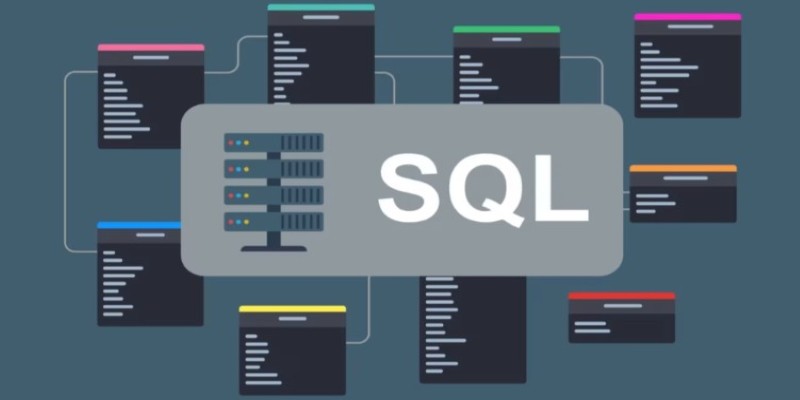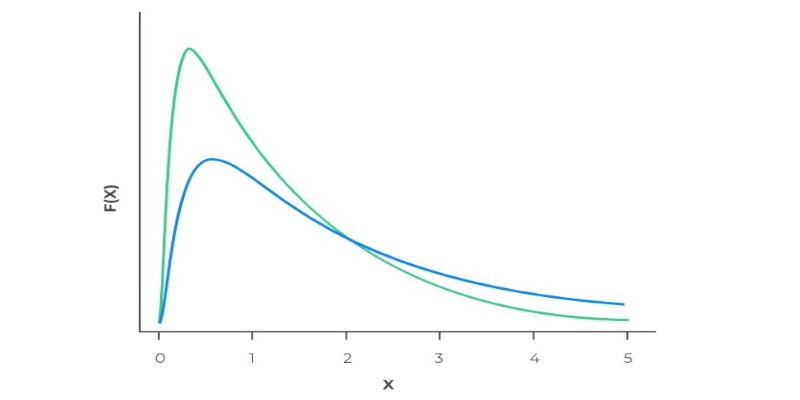Advertisement
The information we rely on every day is growing at an incredible pace. Yet, not all of it comes from real-world events or people. A growing portion is now generated artificially — and it’s changing how industries operate behind the scenes. Synthetic data, designed to mirror real-world information without exposing private or sensitive details, is stepping into the spotlight. It’s helping companies solve problems that traditional data often can’t.
Whether it’s used for testing new technologies, training machine learning models, improving security, or creating entirely new tools and services, synthetic data offers a fresh, flexible approach. It can speed up innovation, protect individual privacy, and unlock opportunities where real-world data falls short. Across industries, synthetic data is becoming a quiet but powerful force. Let’s have a look at more details in this comprehensive guide.
Synthetic data isn't so spooky-sounding as it may be. It's data that's been made instead of recorded. Rather than taking straight from a hospital patient or a financial exchange, scientists, engineers, and data professionals make data through algorithms and models. Why? To create datasets that act just like the real thing but not identical to it.
This is especially handy when real-world data is too sensitive to share or simply doesn’t exist yet. Say you’re developing a self-driving car. You can’t possibly wait for every single traffic situation to happen naturally. Instead, you can create thousands of scenarios digitally, training your car to respond the right way — without putting anyone in danger.
There’s a lot more to synthetic data than just saving time. It’s quickly becoming a go-to solution for industries that demand high levels of privacy and precision. Let’s walk through why it’s making such a difference:

Personal data privacy has become a major issue. Laws like GDPR and HIPAA put strict rules in place about how information is collected and used. Synthetic data offers a way around the risk because it’s not tied to any real individual. Companies can build smarter systems, run experiments, and even create personalized experiences without ever putting someone’s actual information at risk.
Machine learning models need huge amounts of data to learn. But gathering enough real-world data takes time, money, and, sometimes, a good deal of luck. Synthetic data steps in to fill the gaps. It can create rare events, balance datasets that are too one-sided, and let machines practice millions of examples that might otherwise be impossible to collect.
When developing new software, testing is everything. However, relying on real data often leads to incomplete or biased results. With synthetic data, developers can create the exact scenarios they need — including edge cases that might rarely happen but are critically important. This leads to better, more reliable products that are ready for real-world challenges.
Collecting, cleaning, and securing real data can drain budgets and slow down projects. By generating synthetic data, companies skip a lot of the heavy lifting. They can move quicker from idea to testing to final product, often at a fraction of the cost.
Now that you know why synthetic data matters, let’s take a closer look at how it actually comes to life. It’s not just randomly made-up numbers. The process is deliberate and precise.
Early synthetic data focused on replicating basic statistical patterns found in real datasets. If, for example, 70% of shoppers buy bread when they buy milk, the synthetic dataset would mirror that relationship. It’s about keeping the key patterns intact without copying actual individuals.
For more complex needs, simulations come into play. Think of healthcare, where models simulate how diseases spread through a population, or finance, where trading behaviors are mimicked. These simulations create dynamic environments that help systems learn in ways real-world data often can’t match.
Today’s synthetic data often leans on AI, particularly generative models like GANs (Generative Adversarial Networks). These models can produce incredibly realistic images, texts, and even videos — all built from scratch but behaving as if they were pulled from real life.
You might be wondering where synthetic data is actually being used right now. It’s not just a behind-the-scenes tool; it’s already a huge part of several industries.

Medical research needs patient information, but sharing real records is risky. Synthetic patient data lets researchers study diseases, predict outcomes, and develop treatments without ever touching a real person's file.
Self-driving cars need millions of miles of practice. Synthetic environments let them "drive" safely in endless scenarios — day, night, rain, snow, and even unexpected events like a ball rolling into the street.
Banks and fintech companies use synthetic data to detect fraud, model customer behavior, and stress-test systems — all without exposing real financial records.
Retailers test new marketing strategies, customer service options, and supply chain models using synthetic shoppers and transactions. It’s like having a full store to study without needing actual shoppers.
Synthetic data is changing the way companies and researchers think about information. It offers a safer, faster, and often smarter alternative to traditional data collection, opening doors that were once tightly closed due to privacy or cost concerns. Whether you realize it or not, synthetic data is already shaping the services, products, and technologies you use daily — and it’s only going to grow from here.
As the demand for more responsible data practices grows, synthetic data will likely become a standard part of how businesses and researchers operate. It provides a way to balance innovation with responsibility, offering a future where privacy and progress don’t have to be at odds.
Advertisement

Learn what vector databases are, how they store complex data, and why they're transforming AI, search, and recommendation systems. A clear and beginner-friendly guide to the future of data storage

Confused about whether to fine-tune your model or use Retrieval-Augmented Generation (RAG)? Learn how both methods work and which one suits your needs best

Wondering how everything from friendships to cities are connected? Learn how network analysis reveals hidden patterns and makes complex systems easier to understand

Wondering why your data feels slow and unreliable? Learn how to design ETL processes that keep your business running faster, smoother, and smarter

Apple unveiled major AI features at WWDC 24, from smarter Siri and Apple Intelligence to Genmoji and ChatGPT integration. Here's every AI update coming to your Apple devices

Wondering who wins in coding—ChatGPT or Gemini? This 2025 guide compares both AI chatbots to help you choose the better coding assistant

Understand the principles of Greedy Best-First Search (GBFS), see a clean Python implementation, and learn when this fast but risky algorithm is the right choice for your project

Curious about Llama 3 vs. GPT-4? This simple guide compares their features, performance, and real-life uses so you can see which chatbot fits you best

Ever wonder how data models spot patterns? Learn how similarity and dissimilarity measures help compare objects, group data, and drive smarter decisions

Think of DDL commands as the blueprint behind every smart database. Learn how to use CREATE, ALTER, DROP, and more to design, adjust, and manage your SQL world with confidence and ease

Want to learn how machine learning models are built, deployed, and maintained the right way? These 8 free Google courses on MLOps go beyond theory and show you what it takes to work with real systems

Ever wonder why real-world data often has long tails? Learn how the log-normal distribution helps explain growth, income differences, stock prices, and more